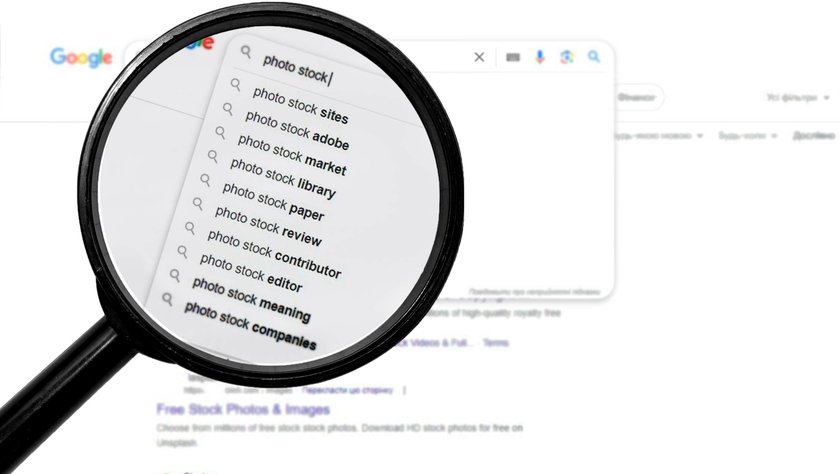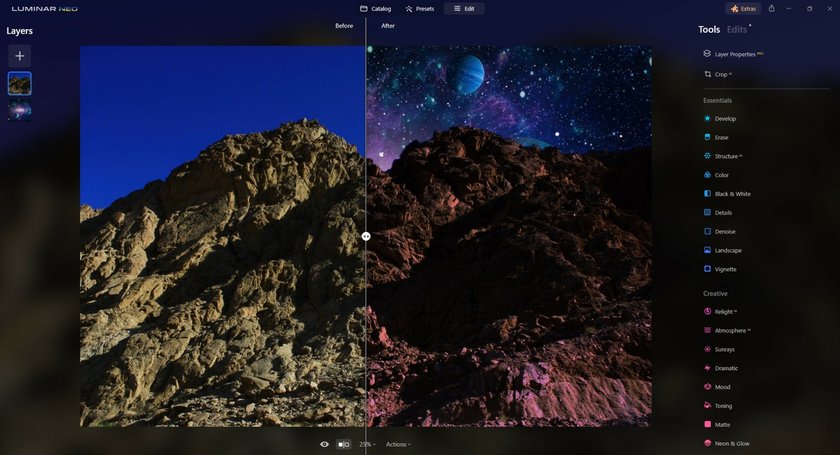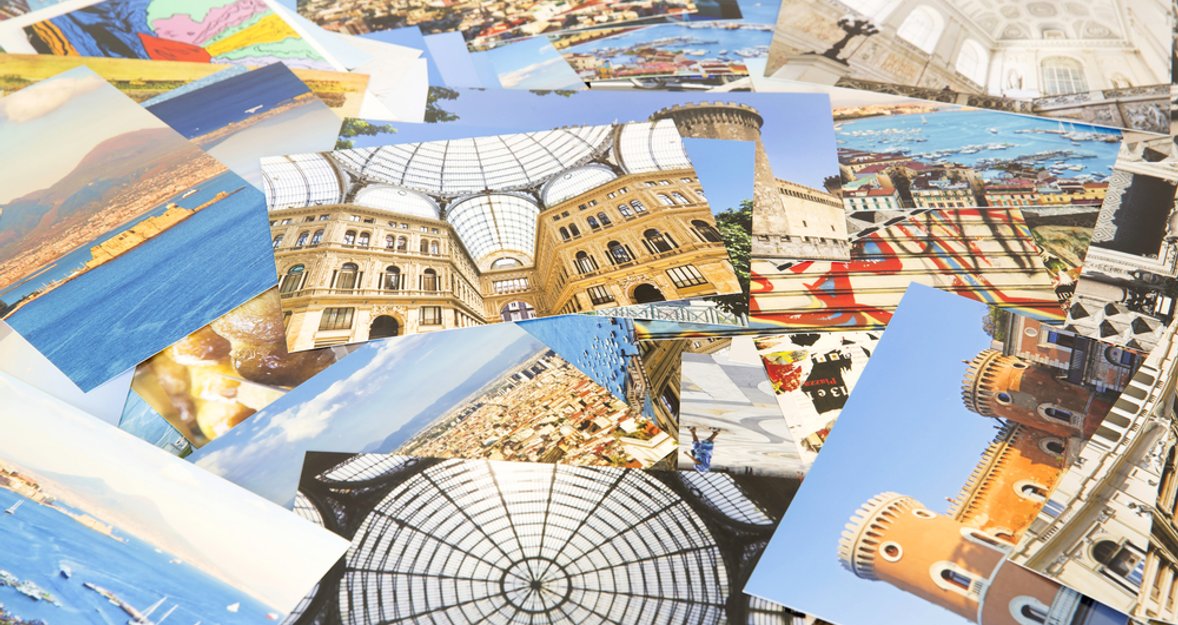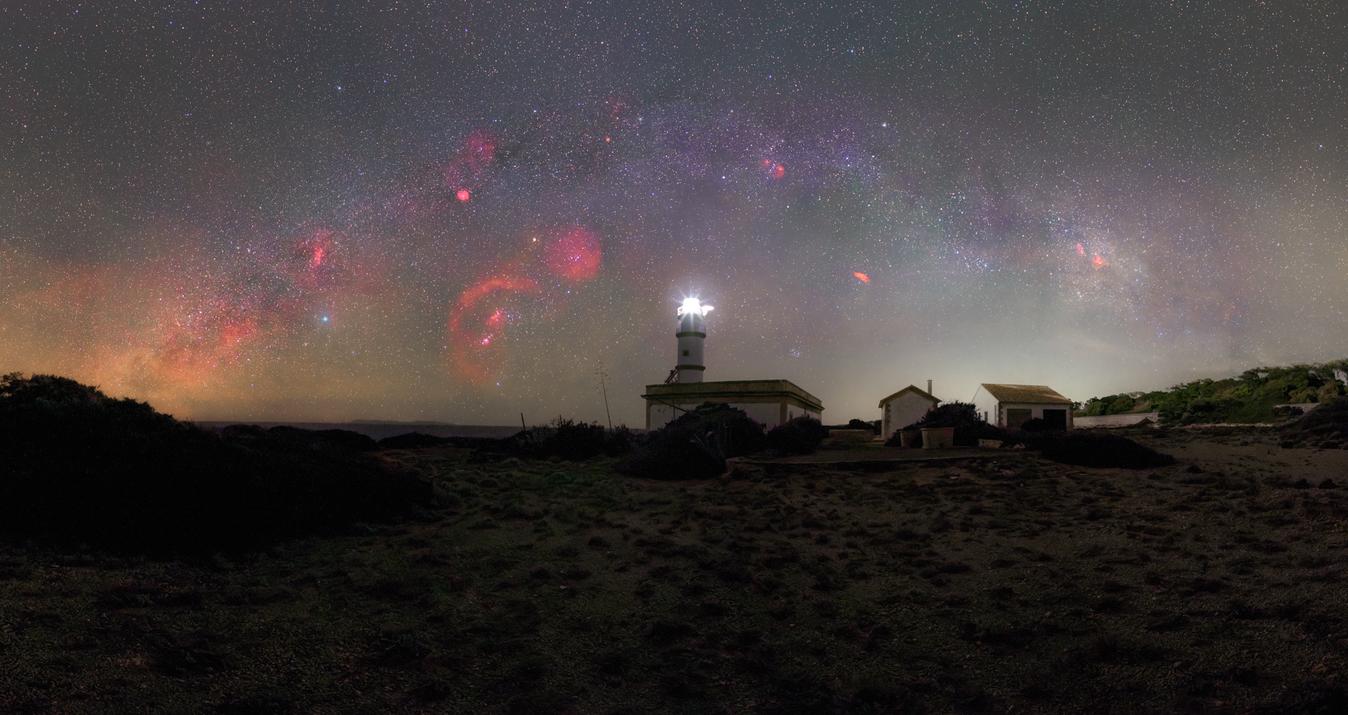Hey everyone! Today, we're going to talk about something really cool: stock photographs. You might be asking, "What are stock photographs?" They're just pictures that anyone can use about all sorts of things. We'll show you how these pictures can make your own photography even better!
Whether you're just starting out with a camera or you've been taking pictures for a long time, using stock images can really help. They can make your pictures look more interesting and fill in when you don't have the right photo.
So, come along, and let's learn together how using these ready-made pictures can take your photos to the next level. It's going to be fun and you'll learn a lot! Let's get started!
What Are Stock Photos and Why Use Them?
So, what exactly are stock images? Think of them as pictures that are ready for you to use. They come in different types, like royalty-free photos, which you can use as many times as you like after buying them once. There are also other kinds, each with their own rules.
Now, you might wonder, "What are stock images used for?" They're super useful! You can use them to add something extra to your own photos. For example, if you took a great picture but wish you had a bird in the sky, you can find a stock photo of a bird and add it in.
Stock pictures can also help when you don't have a picture of something specific you need, like a beach or a city skyline. By adding these to your photos, your work can tell a better story or just look more interesting.
But remember, there are rules for using stock images. It's important to make sure you have the right to use them, especially if you're using them for something like a business or a website. Always check if you need to give credit to the photographer and make sure you're using the photos in the way they're allowed to be used.
By understanding and following these rules, you can use stock pictures to make your photography stand out and look really professional!
Choosing the Right Stock Photos
When you're using stock photography, picking the right images is key. Here are some tips to help you choose the best stock photos for your work:
Match Your Style and Theme: Think about the style and theme of your own pictures. Are they bright and cheerful, or more serious and moody? Try to find stock photos that match this vibe. For example, if you're working on a nature-themed project, look for stock images with natural colors and outdoor scenes.
Check Photo Quality: Quality is super important. Look for clear, sharp images with good lighting. If a picture is blurry or has weird colors, it might not look good with your work. High-resolution photos are usually the best choice, especially if you're going to print your work or use it online in large formats.
Mixing Photos Well: Now, how do you mix your images with stock photos? It's like making a great recipe. You want everything to blend well. If you're adding a stock photo to your own, make sure the colors and lighting look like they belong together. Play around with different pictures until you find the perfect match.
Remember, using stock photography is all about enhancing your own photos. With these tips, you can choose stock pictures that not only fit your style but also add something special to your photography projects!
Top 5 Photo Stock Sites You Should Know About
When it comes to finding the perfect stock photo, knowing where to look is half the battle. Here are five amazing stock photo sites, each with its unique features:
1. Unsplash
Key Features: High-resolution images and a wide range of themes.
Why It's Great: Unsplash is super popular and offers a ton of free images. Owned by Getty Images, it provides photos for both personal and commercial use without needing attribution (though it's nice to give credit). It's a treasure trove of pictures from photographers worldwide, perfect for any project. Plus, you can integrate it with marketing platforms like Moosend to spice up your content
2. Pexels
Key Features: Videos, mobile responsiveness.
Why It's Great: Pexels is user-friendly, with a great selection of public domain images and videos. It's easy to navigate and offers detailed info on each image, like resolution and file size. Plus, it has mobile apps for both iOS and Android. Just check the Pexels license for any usage limits.
3. Gratisography
Key Features: Unique style, modification capabilities.
Why It's Great: If you're looking for something different, Gratisography is your go-to. Created by Ryan McGuire, it offers a smaller but high-quality and unique collection of photos under the CC0 license. Just don’t use them for illegal purposes.
4. Picjumbo
Key Features: Design resources and a variety of images.
Why It's Great: Picjumbo is a jackpot for beautiful images and design assets. It's perfect for finding wallpapers, YouTube backgrounds, and more. They also offer design tips and a premium plan for exclusive imagery to boost your templates and customer-facing content.
5. Life of Pix
Key Features: Free videos, 'Photographer of the Week.'
Why It's Great: Life of Pix, created by digital agency LEEROY, is great for those who want to support photographers. All images are free for personal or commercial use, but you can't distribute them massively without written consent.
Each of these sites has something unique to offer, whether it's high-resolution images, unique styles, or additional design resources. Check them out and see which one fits your needs the best!
Blending Stock Photos with Your Own Using Luminar Neo
Merging stock photos with your personal photography can create stunning visuals, and Luminar Neo is the perfect tool for this. When you blend a stock picture with your own using Luminar Neo, you can easily adjust aspects like position and opacity, ensuring the stock image complements your original photo seamlessly. With the precision tools available, like the brush tool in the Mask menu, you have complete control over how the images merge.
Luminar Neo's ability to combine multiple pictures is impressive, and it does so without compromising the quality of your images. This is particularly helpful when you're working with images of different sizes or resolutions. The resize image AI feature in Luminar Neo allows you to adjust the size of your photos without losing clarity, making it easier to integrate various elements smoothly.
In addition to blending images, Luminar Neo excels in photo touch up, especially when it comes to restoring old photographs. Whether it's fixing faded colors, erasing blemishes, or sharpening details, Luminar Neo's AI-powered tools like Enhance AI and Supersharp AI make the process intuitive and effective.
By using these techniques, you can create images where the integration of stock and personal photos is natural and visually appealing. Remember, the key is to enhance your original work with stock photos, not overshadow it while maintaining your unique style. If you're a beginner and just starting your photography journey, be sure to check out our previous post on how to view RAW files!
Bottom Line
That's it for our guide on using stock photos in your photography! We've learned that stock photos are great for making your pictures more interesting. Remember to pick ones that match your style and check out cool sites like Unsplash and Pexels for awesome images.
We also talked about using Luminar Neo to mix your pictures with stock images easily. This tool helps you blend pictures nicely and fix up old photos, too.
Just keep practicing with these tips and you'll see how much better your photos can look. And if you're editing on the go, don't miss our previous post about the best iPad photo editor – it's a game-changer for editing pictures on your tablet!
Happy photographing, and have fun exploring the world of stock photos!
A Special Perk for Our Blog Readers
Get a 10% discount on Luminar Neo and dive into professional photo editing today!
Thank you for subscribing.
Your gift is waiting in your inbox!















